Global Tyre Industry’s Story: How Tyre Industry Accelerating Towards New Milestones!
The tire industry is a vital component of the global economy, with billions of tires produced and traded every year. Tires are essential for transportation, supporting everything from cars and trucks to aircraft and heavy machinery. As the world continues to grow and develop, the demand for tires is also increasing, creating new challenges and opportunities for the tire industry. In recent years, the tire trade has undergone significant changes, with shifts in production, trade flows, and usage patterns. In this article, we will explore the global changes in the tire trade and their implications for the industry and the wider economy.
Global tyre makers accelerate makein-India plans, buoyed by govt’s PLI scheme
Global tyre manufacturers including the likes of Michelin, Bridgestone, and Goodyear are gearing up to invest in India’s manufacturing sector, with potential entrants Yokohama and Birla Tyre also eyeing opportunities under a government scheme that links imports to local investment. These investments, expected to total around Rs 3,000 crore, mark a significant response to the Centre’s import restrictions aimed at boosting domestic production. The new investments are anticipated to create several hundred jobs, with Yokohama, likely the largest investor, planning a plant in Haryana where nearly half the workforce will be women.
The Department for Promotion of Industry and Internal Trade (DPIIT) has designed the scheme to encourage capacity expansion by linking it to import permissions. This move addresses the earlier disruptions faced by foreign companies due to licensing requirements, particularly impacting high-end tyre imports.
Accelerating EV push
The development aligns with the government’s broader electric vehicle (EV) policy, which aims to permit lower duty imports for companies that establish local manufacturing facilities. The Modi administration is actively courting major EV players like Tesla, seeking to create jobs and expedite the shift to EVs. Although Elon Musk’s expected visit was canceled, officials remain optimistic about future engagements, with other firms like Vinfast showing interest. The Department of Heavy Industries is currently collaborating with stakeholders to finalize the guidelines for the new policy, with invitations for bids expected in the coming months.
Natural rubber consumers seek dutyfree imports amid raw material shortage
The paucity of natural rubber in the domestic market seems to have prompted its consumers to reiterate their demand for duty free imports of the commodity.
In a communication to the Rubber Board, NR consumers pointed out that the actual availability of NR was just about 30,000 tonnes against the projected production of 60,000 tonnes in June. In July, there was practically no selling of NR for most of the month. This has impacted rubber consumers across the board from small and medium rubber industries to tyre companies.
Rajiv Budhraja, Director-General Automotive Tyre Manufacturers Association (ATMA), said while tyre companies do anticipate domestic deficits in NR for which imports are being contracted, a certain baseline quantity is expected from the domestic market. In the absence of such arrivals, plant-level manufacturing is at stake. Some tyre plants of ATMA member companies have witnessed production sliding over 10 per cent in July owing to the NR crunch, he said.
Uncertainty in availability
Production planning is in total disarray. Imported NR which can be imported only at two ports is being transported from one plant to the other just to keep the plants running since tyre is a continuous process industry, he said.
“Uncertainty in domestic NR and latex availability is giving jitters to rubber MSMEs who do not have the wherewithal to have large inventories,” said Shashi Kumar Singh, President of All India Rubber Industries Association that comprises largely MSME rubber units.
MSME rubber consumers have also termed the available NR stock figures as not matching with ground realities and have asked for a reality check through an independent study.
Currently, domestic NR prices are ruling at a 13- year high. That should be enough trigger for the stock to find its way to the market. Since there is a continued acute shortage of NR and latex, the industry has urged the Rubber Board to recheck the stock position. Small scale rubber sector has been caught in the cross hairs of domestic shortage and high import duties on NR. The government needs to take into consideration the plight of MSMEs, Singh said.
Playing spoilsport
The MSME sector has asked for Government’s urgent intervention and a mechanism for adequate and stable availability of vital raw materials such as natural rubber where the current upsurge in domestic pricing is beyond any global trend and entails risk of crippling small businesses.
Tyre industry, according to Budhraja, has put in large investments to meet the continued pick up in OE and replacement demand but raw material concerns are likely to play a spoilsport in the manufacturing story as far as tyre sector is concerned.
Rubber consumers have, therefore, reiterated their submission for duty-free import of natural rubber to the extent of domestic deficiency to tide over the crisis. They have also asked for removing restrictions which allow import of NR through two ports only.
With the growing insistence to lower emission levels and enhance fuel efficiency in vehicles, besides reducing weight, the Indian tyre industry is embracing new trends in the manufacturing process to meet the changing market dynamics and cater to the latest demands of the OEMs (Original Equipment Manufacturers).
The tyre makers in India are gearing up to intensify their role in the modernisation phase, largely driven by demand and supply conditions as also directly proportional to automobile sales to some extent.
Besides, with increasing focus on corporate average fuel efficiency (CAFE) norms to curb the alarming levels of pollution, companies have immense pressure to build products which have minimal friction and offers higher fuel efficiency.
In this direction, the tyre manufacturers have been grappling to alter manufacturing mechanisms to meet changing trends and demands.
Latest trends in the industry include finer tolerances in the manufacturing process, inclusion of more radials which consume less fuel, low rolling resistance and focus on better traction and on road performance which increases fuel efficiency.
A radial tyre allows the sidewall and the tread to function as two independent features of the tyre. A bias tyre consists of multiple rubber plies over lapping each other. The crown and sidewalls are interdependent.
The companies are stepping up the manufacturing facilities with technologies that improve heat development in tyres with effort towards less usage of carbon black, which in turn contributes in lowering emissions.
Other impactful trends in the manufacturing of tyres include usage of higher components of ‘silica’ which helps in the manufacturing process and in improving tyre performance by lowering the rolling resistance as well as improving cut and chip resistance.
The digital age or the 4.0 industry makes its presence felt in all areas of the economy, making serious contributions to its development. The automotive industry is in a phase of change, acting on all its sub-industries such as the automotive tyre industry. We are witnessing a process in which large companies no longer sell a simple car or basic tyres, but resort to new technologies and digitalization to sell complex services tailored to the needs of consumers. Terms such as connectivity, mobility, autonomy became the main pillars in the development of such solutions integrated in the current market.
India Tyre Market Trends:
At present, there is a rise in the demand for tyres due to the growing production of automobiles. This, along with the increasing export activities of vehicles, such as tractors, buses, heavy trucks, and cars, represents one of the key factors supporting the growth of the market in India. Besides this, the growing sale of cars and twowheelers on account of inflating income levels of individuals in India is offering a favorable market outlook in the country. In addition, there is an increase in the demand for vehicles in rural areas due to the lack of public transport. This, coupled with the rising utilization of tyres in all types of vehicles, including passenger cars, buses, military vehicles, motorcycles, and trucks, is propelling the growth of the market in the country. Moreover, the reduced costs of logistics, which make Indian tyre manufacturers more competitive compared to their global peers, and enable them to export more out of the country, is strengthening the growth of the market. Apart from this, the increasing levels of automation and renaissance in manufacturing tyres are offering lucrative growth opportunities to industry investors in India. Additionally, the Government of India is promoting the manufacturing of automobiles in the country through initiatives like Atmanirbhar Bharat Abhiyan.
• Changes in Global Tire Production
The production of tires has undergone significant changes in recent years, with emerging economies taking a larger share of global production. According to industry data, China is now the world’s largest producer of tires, with other Asian countries such as India and Indonesia also expanding their production capacities. This shift is driven by several factors, including lower labor costs, government incentives, and access to raw materials.
Technology has also played a crucial role in the growth of tire production, with manufacturers investing in research and development to improve the efficiency and quality of their products. For example, the use of automation and robotics in tire production has increased, reducing the reliance on manual labor and improving productivity. In addition, the development of new materials and manufacturing processes has led to the creation of more durable and sustainable tires, which are increasingly in demand among consumers.
Environmental concerns are also driving changes in tire production, with manufacturers implementing sustainable practices and reducing their carbon footprint. This includes the use of renewable energy sources, such as solar and wind power, in production facilities, as well as the development of eco-friendly tire designs that reduce fuel consumption and greenhouse gas emissions. Overall, the changes in global tire production are creating new opportunities and challenges for manufacturers, with emerging economies and technological advancements driving growth and sustainability concerns shaping the industry’s future.
• Changes in Tire Trade Flows
The tire trade has undergone significant changes in recent years, with shifts in trade patterns and flows driven by a range of factors. One significant trend is the increasing trade of tires among emerging economies, with countries such as China, India, and Indonesia becoming major exporters of tires. This growth is due to a combination of factors, including lower labor costs, favorable government policies, and access to raw materials.
However, the tire trade has also faced challenges, including trade disputes and protectionist policies. In recent years, trade tensions between the US and China have impacted the global tire industry, with tariffs and other measures affecting the flow of tires between the two countries. Other trade disputes have also arisen, such as those involving the European Union and Asian countries over anti-dumping measures.
• Changes in Tire Usage
The usage of tires is also undergoing significant changes, with emerging trends and changing consumer preferences shaping the industry’s future. One of the significant trends in tire usage is the increasing demand for electric vehicles (EVs) and hybrid cars, which require specialized tires designed for reduced rolling resistance and improved fuel efficiency. This trend is expected to continue as more consumers shift towards ecofriendly vehicles, creating new opportunities for tire manufacturers. Another emerging trend is the growing demand for larger and more durable tires for heavy machinery, such as construction equipment and agricultural vehicles. This trend is driven by the expansion of infrastructure and construction projects in emerging economies, as well as the growing demand for food production to feed the world’s population.
In addition, changing consumer preferences are driving new developments in tire design, with increasing demand for tires with longer lifespans, reduced noise, and improved performance in extreme weather conditions. This trend is being driven by the growing importance of safety and sustainability among consumers, as well as the increased use of technology in tire design. Overall, the changes in tire usage are creating new opportunities and challenges for manufacturers, with emerging trends and changing consumer preferences shaping the industry’s future. Manufacturers are investing in research and development to create innovative tire designs that meet the evolving needs of consumers and industries.
• Challenges and Opportunities in the Tire Industry
The global changes in the tire trade are creating both challenges and opportunities for the industry. One significant challenge is the increasing competition among manufacturers, driven by the growth of production in emerging economies and the rise of new entrants in the industry. This competition is leading to pricing pressures and the need for manufacturers to invest in research and development to stay competitive.
Environmental concerns are also creating challenges for the industry, with consumers and regulators demanding more sustainable and ecofriendly products. Manufacturers must invest in sustainable practices and technology to reduce their carbon footprint and meet the evolving needs of consumers.
On the other hand, the changes in the tire trade are creating new opportunities for manufacturers, including access to new markets and the growth of new product categories. Manufacturers can leverage technological advancements to create innovative tire designs and improve their production efficiency, reducing costs and improving their competitiveness.
Moreover, the increasing demand for ecofriendly and sustainable products is creating new opportunities for manufacturers to differentiate themselves and create a competitive advantage.
Manufacturers that can provide high-quality, sustainable tires will be well-positioned to capture the growing demand for eco-friendly products.
Overall, the changes in the tire trade are creating both challenges and opportunities for the industry, with manufacturers that can adapt to the evolving market conditions and changing consumer preferences poised to succeed in the long term.
Key factors influencing the business of tyre manufacturing companies
• Commodity nature of tyre products:
Tyres are produced as per defined specifications with respect to sizes, weight-carrying capacity, speed limits etc. Therefore, if tyres from two companies are of the same specification, they can be interchangeably used in a vehicle with almost similar performance. As a result, customers can easily switch from one tyre company to another, especially in general purpose tyres, which include most of the passenger car as well as truck and bus tyres. As a result, the tyre industry has a low customer continuity. However, the share of these specialised tyres in the overall market is small. As a result, on an overall basis, tyres are primarily commodity products where maintaining customer loyalty is difficult.
• Intense price-based competition from domestic manufacturers as well as imports:
As tyres are commodity products; therefore, it is easy for new products to enter the market and appeal to customers by offering a lower price. As a result, tyre companies across the world face intense competition from domestic companies as well as imports from foreign manufacturers. Intense competition from cheaper tyre production centers is a global phenomenon and almost all countries are facing the same. For example, In Japan, cheaper imports of tyres from South Korea, China and Taiwan have intensified the competition. In addition to the manufacturers producing new tyres, the industry also faces intense competition from retreaders that put a new layer of rubber on an old tyre and make it reusable at a 30%-80% lower cost than a new tyre.
• Low pricing power of tyre companies over their customers:
The Tyre industry is primarily divided into two segments, sales to auto original equipment manufacturers (OEMs) i.e. auto companies for installation in new vehicles and sales in the replacement market where vehicle owners change their worn-out tyres.
The purchase of tyres by auto OEMs forms about 44% of the entire tyre market sales in India. Therefore, it constitutes a very significant segment of sales for tyre companies. However, auto OEMs are very large businesses when compared to tyre manufacturers.
In addition, due to the commodity nature of tyres, they can easily take away their large orders to a different tyre manufacturer/ import. Therefore, auto OEMs have a very high negotiating power over tyre manufacturers. The bargaining power of auto OEMs is so much that at times, tyre manufacturers end up selling tyres to auto OEMs at a loss just to retain their share in OEMs’ purchases.
Therefore, in the new vehicle market, tyre companies face the immense bargaining power of auto OEMs and in the replacement market, they face strong price-based competition from other players, imports, and retreaded tyres. As a result, tyre manufacturing companies suffer from a low pricing power in their business.
• Cyclical nature of tyre manufacturing business:
The business of tyre manufacturing companies is impacted by cyclicity at both ends – demand for tyres as well as the cost of their raw material. As a result, the business performance of tyre manufacturers faces cyclical fluctuations. Tyre consumption for installation in new vehicles is directly linked to the sale of new automobiles, which is highly dependent on the stage of recurrent “boom and bust” cycles in economies.
In contrast, the demand for tyres in the replacement/ commercial market is due to the wearing off of tyres in the vehicles already sold and running on the roads. That is, this demand is more linked to the number of existing vehicles in the country instead of sales of new vehicles. As a result, even though the movements of existing vehicles also depend a lot on the level of economic activity in any country i.e. the stage of boom-and-bust cycle, still, it is less cyclical than the fluctuations in the sales of new automobiles.
Therefore, the demand for tyres from the replacement/commercial market is less cyclical than the demand from auto OEMs.
Nevertheless, due to the primary dependency of vehicle movements on economic activity, the demand for tyres faces cyclicity in overall demand.
• Cyclical nature of raw material price movements:
Key raw materials for tyre manufacturing are natural rubber, synthetic rubber, carbon black, nylon cord fabric etc. Natural rubber can be classified as an agricultural commodity whereas other components – synthetic rubber, carbon black, nylon cord fabric etc. are crude oil derivatives. Overall, these raw materials constitute about 85% of the production costs of a tyre.
Prices of both natural rubber as well as crude oil are highly fluctuating. Natural rubber supply in the market is very volatile both in terms of price and quantity because of suppliers’ concentration in Southeast Asia where frequent natural disasters impact its availability.
Therefore, tyre manufacturers frequently face intense pressure of increasing raw material costs due to both rising natural rubber as well as crude oil prices. However, due to their low pricing power over customers, both auto OEMs as well as in the replacement market, their profit margins are hit. Tyre companies focus on following rigid raw material procurement practices because they are liable for tyre performance throughout the life of the tyre. Therefore, even if raw material costs increase, they are still not able to reduce the quality of raw materials to save on costs.
As discussed earlier, auto OEMs, due to their large order sizes, negotiate very hard and often leave very little to no profit margin to tyre manufacturers. Therefore, even though tyre companies enter contracts providing for price escalations based on raw material prices, still, their profit margins still suffer due to the time lag of such price increases.
• Risk of govt. regulations on tyre companies:
Tyre companies are a part of the automobile ecosystem, which is one of the key emitters of polluting gasses. As a result, there is continuous pressure on the whole automobile industry to become more efficient and environmentally sensitive. As a result, tyre companies have to continuously invest money to create new technologies, which have better fuel efficiency as well as make their production process more environmentally friendly. As a result, tyre companies have to continuously invest money to create new technologies, which have better fuel efficiency as well as make their production process more environmentally friendly. Such demands for technological advancements add to the capital intensiveness of the tyre manufacturing business. Due to changing industry dynamics like the emergence of electric vehicles (EVs), which are usually heavier than ICE (internal combustion engine) vehicles, tyre companies need to adapt to new demands for sturdier tyres with higher comfort. Therefore, tyre companies continuously have to evolve their products in the ever changing industry.
Growth of Automotive Sector to Bolster the Tyre Industry in India
Tyres are one of the most significant parts of an automotive. They support the weight of the vehicle, absorb shock from the road surface, and change or maintain a direction. They are primarily used in the automotive industry, one of the rapidly flourishing industries in India. According to Invest India, India is expected to become the world’s third-largest automotive market by 2026. The surging production of automobiles is increasing the demand for tyres and aiding the growth of the tyre industry. The escalating export activities of vehicles such as tractors, buses, heavy trucks, and cars are also propelling the market growth. Moreover, the focus on increasing production by the Indian government and the favorable government schemes are augmenting the market growth. Government schemes such as Atma Nirbhar Bharat Abhiyan- Self Reliant India provides an economic and compressive package of INR 51,000 crores to promote manufacturing of the automotive in the country, further fuelling the tyre industry.
Additionally, the flourishing car industry is driving the market growth. The growth in gross domestic products (GDP) and growing demand for cars are accelerating the market growth. India is one of the leading markets of tyre. The increase in domestic automobile sales in the country is also propelling the market growth. The increasing infrastructure industry is aiding the market growth. The emerging middle class with improved living standards has augmented the market for cars and two-wheelers, further facilitating the market growth. Besides, the increasing demand for vehicles in rural areas is also positively impacting the market. Moreover, the production of tyres, even in the most remote part of the country, is propelling the industry. The huge market for two-wheelers in India leads to the increasing production of tyres domestically, consequently invigorating the market growth.
A Road Ahead
Tyre companies operate in a very tough business environment. They face intense competition from domestic manufacturers, MNC players and cheap imports. Their product, tyres, is a commodity and customers can easily switch tyres of a particular specification of one manufacturer with another. Therefore, tyre companies do not have any pricing power over their customers.
In the tyre market for new vehicles, the auto OEMs are primary buyers who put significant pricing pressure and negotiate very hard with tyre companies. As a result, tyre manufacturers have to supply tyres at a very low price to OEMs. At times, tyre companies are not able to make profits on such deals. Nevertheless, they have to supply tyres for new vehicles because there are end customers who prefer to stick to the brand of tyres of the new vehicle while buying replacement tyres.
However, even in the replacement market, competing brands, cheaper imports, and retreaded tyres continue to put pricing pressure on tyre companies.
Due to low pricing power, tyre companies face difficulties in passing on an increase in raw material prices to customers. As a result, during periods of high raw material prices, the profit margins of tyre companies decline. This is especially true during economic downturns when the sale to new auto OEMs declines and the demand from the replacement market moderates. A lower economic activity in the country impacts sales of both new and replacement tyres leading to cyclicity in the performance of tyre companies.
Tyre manufacturing is a highly capital-intensive process where companies need to create large plants to be cost-competitive. They need to create multiple plants near consumer markets/ OEM plants to quickly fulfill customers’ demands. This in addition to the requirement of keeping inventory in multiple sales channels for the replacement market increases the working capital requirements for tyre companies’ operations.
In addition, tyre companies need to continuously invest money to develop new tyres to meet evolving fuel efficiency and environmental emission norms. Companies need to develop tyres that can provide comfort despite carrying higher weight of electric vehicles (EVs) increasing the capital requirement for tyre companies.
They also need to provide maintenance services like wheel alignment and balancing as well as after-sales support in their dealerships as it has become a necessary means to differentiate from competitors.
Tyre companies try to achieve diversification in business segments like new auto OEM and replacement markets, high performance vs. general purpose tyres, and non-automobile tyres like construction, mining, aircraft tyres etc. to bring in relative stability in their earnings. Companies also focus on other rubber chemicals and related segments to achieve diversification.
Nevertheless, the business of tyre companies is tough because they do not have any extraordinary pricing power over their customers and have to invest large amounts of money in their business, which is the only entry barrier for new entrants. As a result, tyre companies historically have formed anti-competitive cartels to control pricing and supplies of tyres, globally.



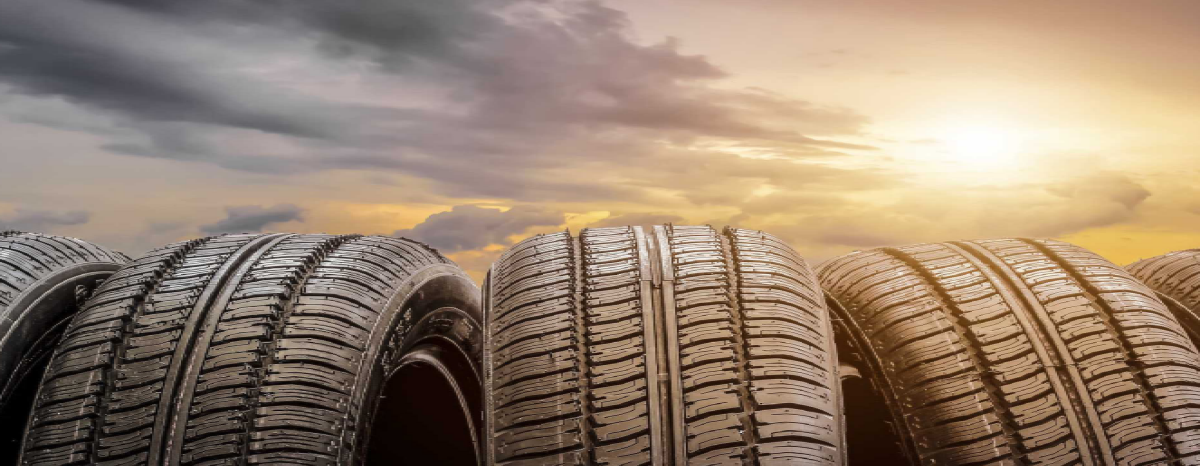

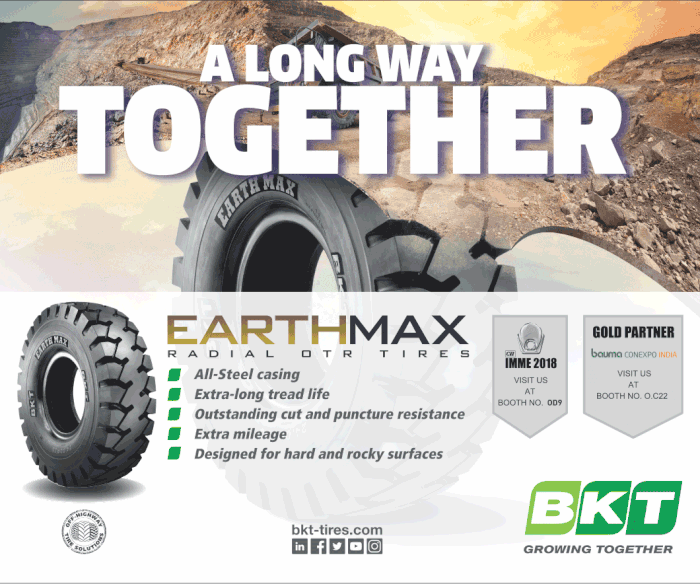
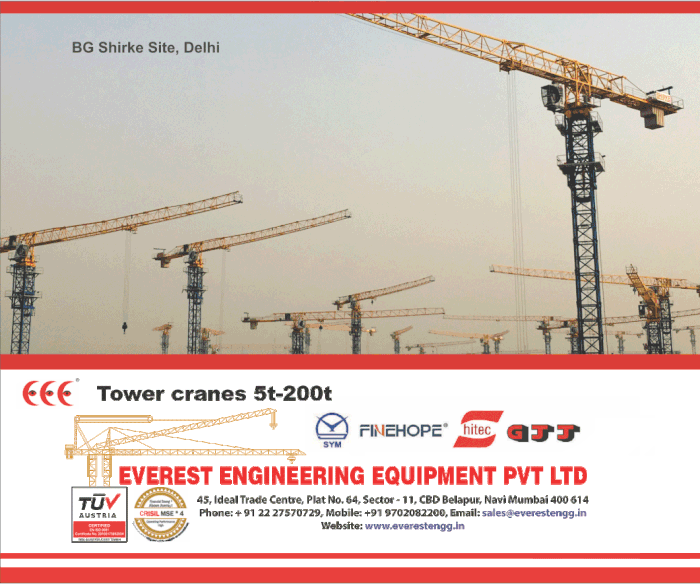

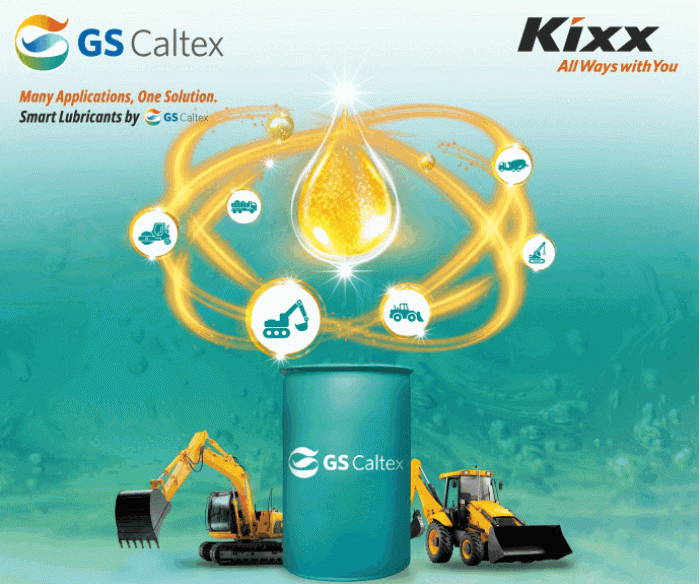
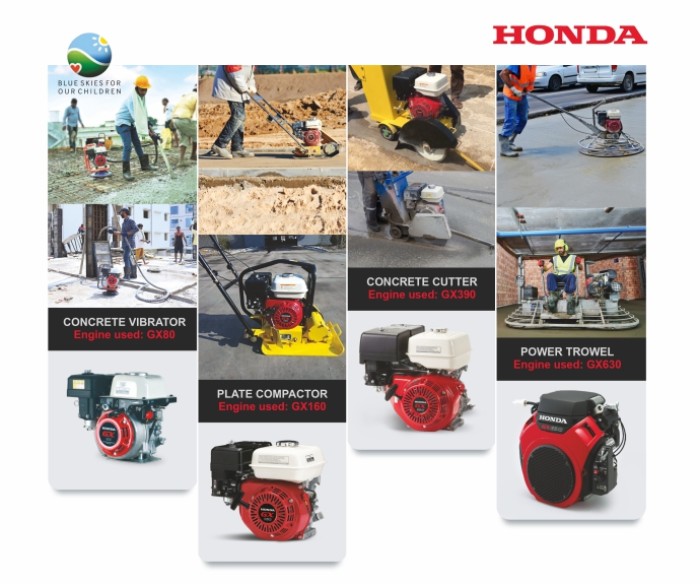
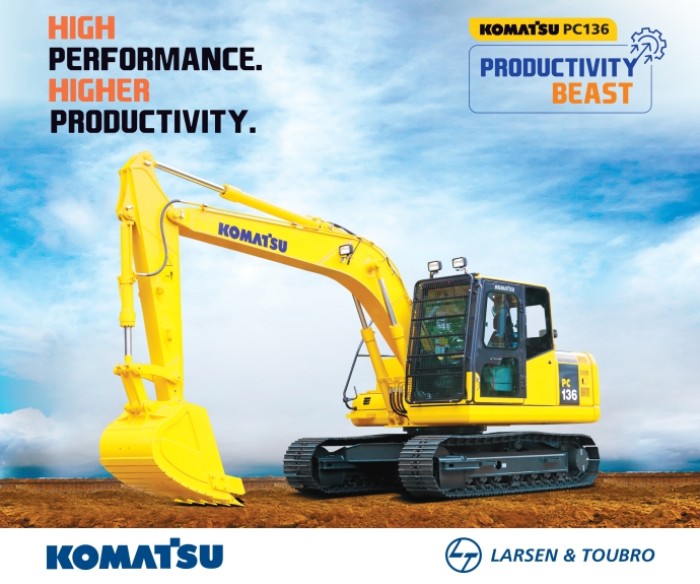





Leave a comment